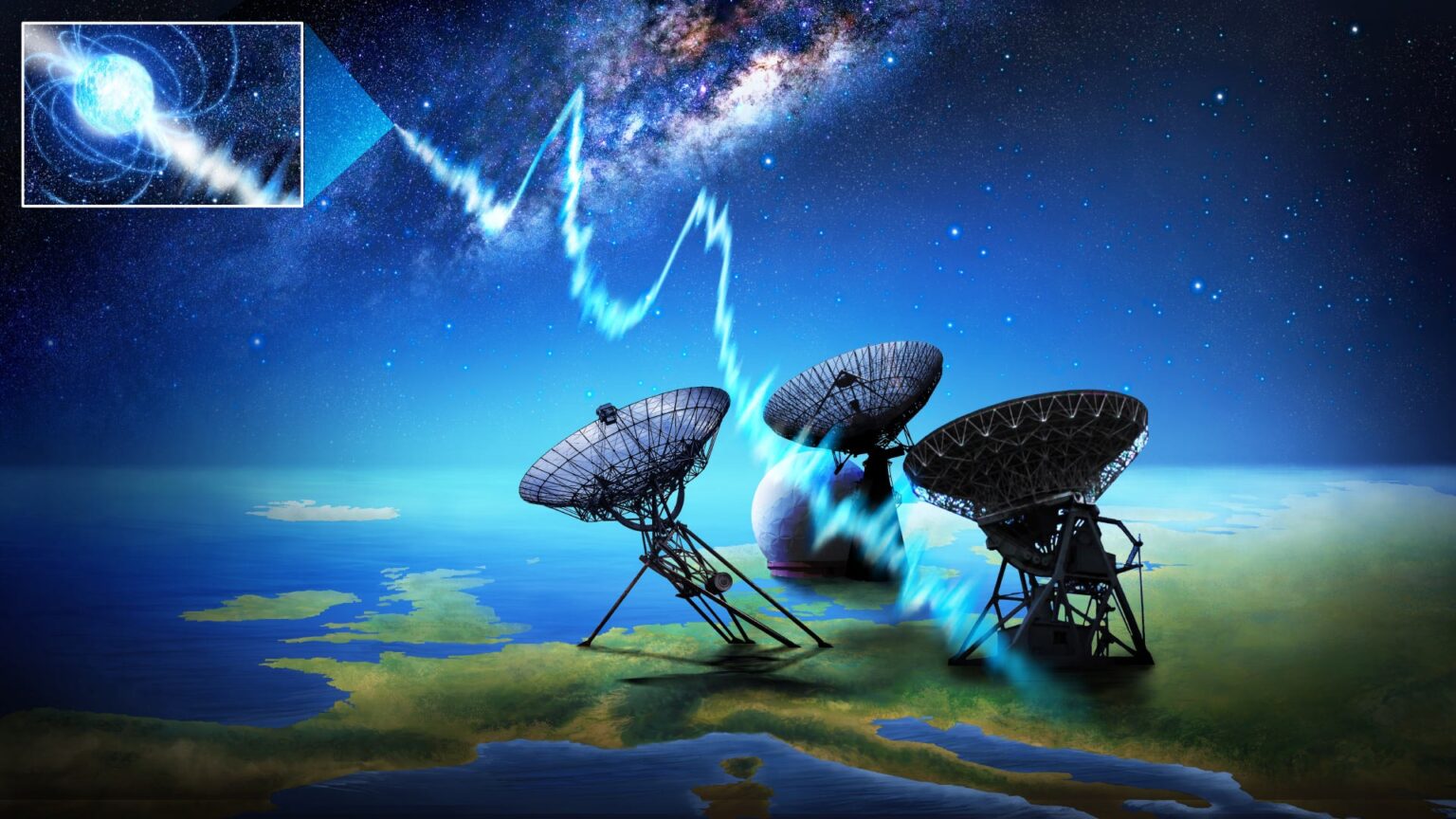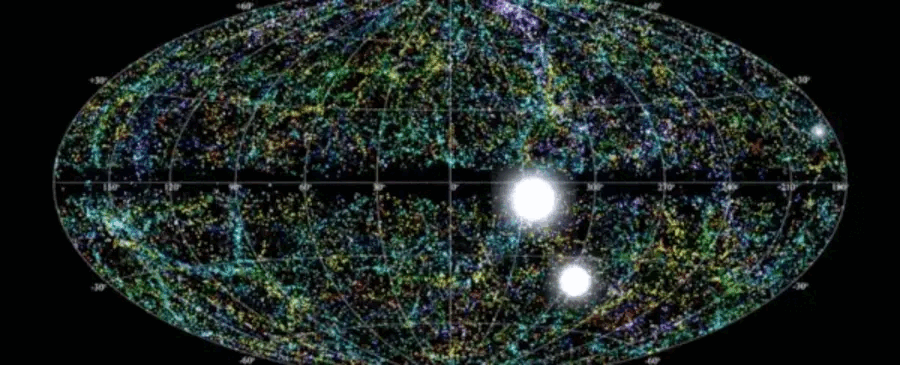Scientists have recently discovered a mysterious and unique signal from deep space that is unlike any known fast radio bursts (FRBs) recorded before. The new signal exhibits an unexpected phenomenon — a drop in the central frequency of the flashes over the course of two months of observation, reminiscent of an unexpected cosmic whistling effect, but which, when slowed down, sounds like a xylophone tune. It is not yet clear what exactly this unexpected drop in frequency means, other than the fact that fast radio bursts continue to be a strange phenomenon that defies easy explanation.

Radio astronomer Sofia Sheikh from the SETI Institute notes that this study allows us to confirm the known properties of radio bursts and identify new ones. They have narrowed down the number of possible sources of radio bursts, such as magnetars, but no single model can fully explain their properties.
Radio bursts, or FRBs, are short-lived emissions of radio signals that are very powerful and difficult to study because of their unpredictability. However, some FRB sources are repetitive, allowing scientists to study them in more detail.

Sheikh and her colleagues studied in detail the source of FRB 20220912A from another galaxy. They found that the signals shared common characteristics with other FRBs, such as frequency drift and changes in burst duration over time. Although the scientists did not find any patterns in the propagation of the radio bursts, their study helps to get closer to answers about the origin of FRBs. In particular, the drop in the central frequency of the signals may be key to understanding this phenomenon.
Although magnetars are one of the possible sources of FRBs, scientists still need to study in detail whether this is the case in all cases. Sheikh’s research highlights the importance of instruments like the Allen Telescope Array (ATA) to study such phenomena over a wide range of bandwidths.
The discovery of new characteristics of FRB 20220912A opens up opportunities for future research and comparisons with other observations. Although we are still far from fully understanding how these mysterious signals are generated, the new discoveries bring science one step closer to solving this cosmic puzzle.
Earlier, we reported about a strange radio signal in space that is similar to a heartbeat.
Based on the materials of sciencealert.com

